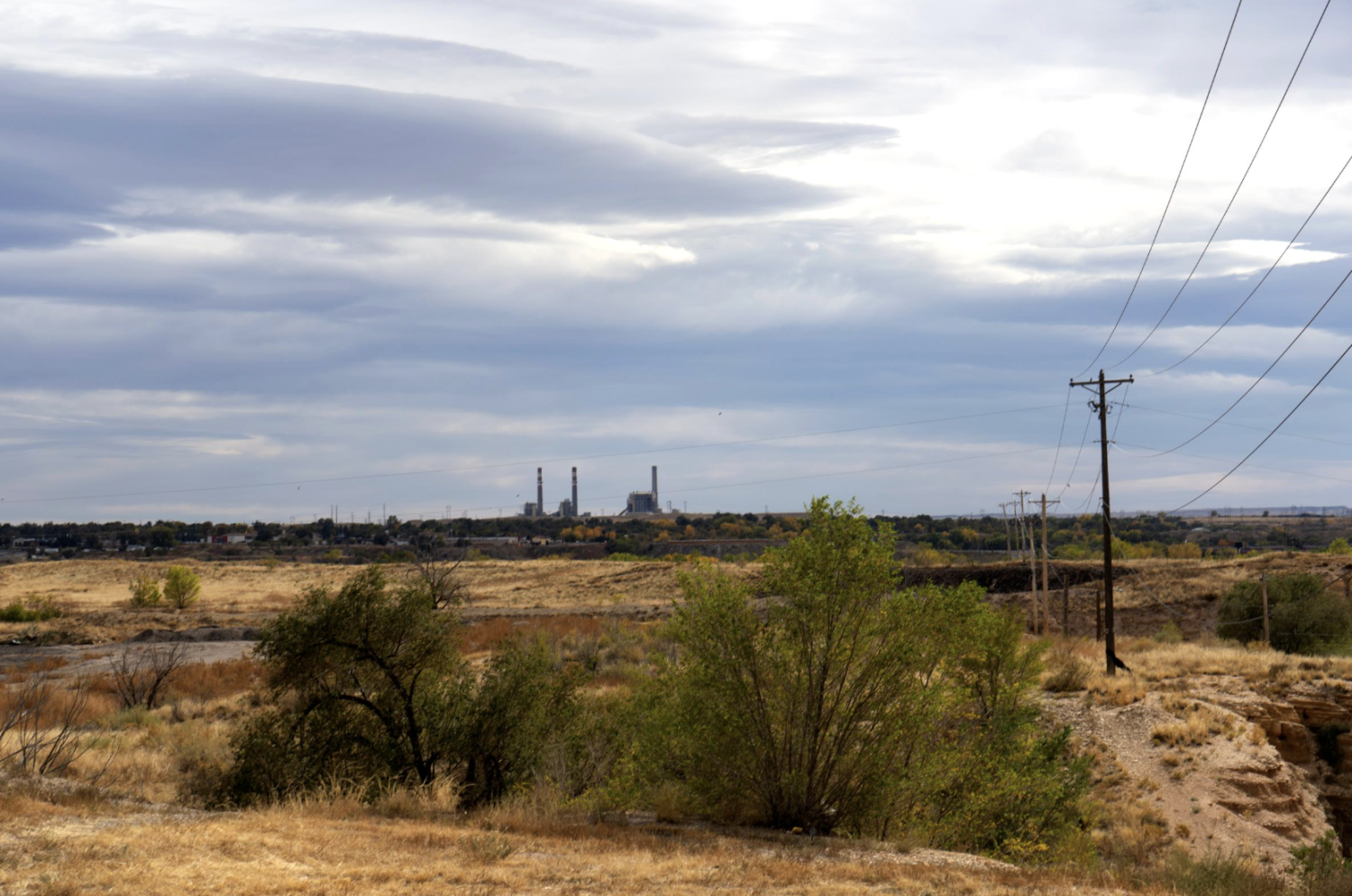Mapping Injustice
After the historic 1921 flood in Pueblo, Colorado, the iconic riverwalk reverted the Arkansas River to its historic location through the heart of downtown. Credit: sea turtle-CC BY-NC-ND 2.0 via Flickr
This spring, graduate students in the College of Media, Communication and Information took environmental justice into their own hands through the art of digital storytelling.
As part of an environmental studies graduate level course, students joined a state-led effort to address environmental injustice around Colorado. Their role was to research the histories and environmental issues in communities statewide, then compile it into online stories for Colorado EnviroScreen, an interactive mapping and health screening tool launched in June.
“Stories are an important complement to [CO EnviroScreen] because they humanize the issues that communities are facing and place them into a context of everyday life,” said Michael Warren Cook, a PhD student in the communication department who participated in the project. “I think stories move audiences to empathy and action in ways that quantitative data alone cannot.”
The Colorado Department of Public Health and Environment and a team from Colorado State University launched CO EnviroScreen to help identify communities that have a heavier burden of negative health impacts caused by issues in their environments.
For many communities, systemic challenges create barriers to resolving the issues. The open-source tool could help people maximize funding efforts, and help avoid, reduce and repair environmental harms, according to CDPHE.
CO EnviroScreen opens with a map of Colorado that displays counties on a scale from most to least burdened. Interactive graphs show how counties score based on a variety of factors, like environmental exposures, climate vulnerability and sensitive populations.
But the project doesn’t just focus on data: It digs more deeply into the stories behind community health challenges and resiliency. That’s where CMCI joined in.
In the Foundations in Environmental Justice course, led by CMCI Associate Professor Phaedra C. Pezzullo, students drew on their training in environmental justice studies and multimedia storytelling to share the stories of communities disproportionately experiencing environment-related health impacts.
“People are proud of where they live and where they come from,” said Anthony Albidrez, a journalism master’s student and the student lead for the project. “Learning firsthand about why people call a certain community home allows us greater insights into their lives as human beings.”
For a story on Pueblo County, students researched the impacts of a historic 1921 flood, superfund site, coal-based power plant and steel mill. They dove into water quality issues in the Lower Arkansas River Watershed and explained the impacts on agriculture and drinking water.
For each project, they created a unique ArcGIS StoryMap to share their work. The platform overlays photos, maps, text, audio recordings, web links and other elements to help readers explore each topic.
The StoryMaps show more about these communities than just data: They show history, relationships and resiliency.
“There is a deficit framing that shows up in a lot of environmental work—e.g., ‘What's wrong with this place?’” Cook said. “Although environmental injustices are critically important to highlight, this project also gave us the opportunity to hear about what people love about a place, and the ideas and solutions that communities are already proposing and implementing to address environmental injustices.”
This class was supported by a Payden Teaching Excellence Grant and a grant from Mission Zero, a Boulder-based organization aimed at combating climate change. Find the published projects here by selecting the StoryMap layer on the interactive map, and explore the gallery of images below.




The Comanche 3 power plant in Pueblo County is the state’s largest single emitter of greenhouse gas emissions. It is set to close by 2031, thus ending coal-generated electricity in Colorado. Credit: Anthony Albidrez
A freight train makes its way through Otero County, Colorado. Credit: Carol M. Highsmith, Library of Congress
Otero County is prone to having droughts, which means water quality is an ongoing concern. Credit: Carol M. Highsmith, Library of Congress
Ranchers in the semi-arid Lower Arkansas River Valley prioritize managing the environment to care for crops and livestock. Credit: Carol M. Highsmith, Library of Congress




The Arkansas River picks up contaminants on its way from the Rocky Mountains to the eastern plains of Colorado. Credit: Carol M. Highsmith, Library of Congress
Situated in Colorado’s eastern plains, the Lower Arkansas River Valley is subject to an unpredictable climate. Credit: Melissa Bukovsky
The Historic Arkansas Riverwalk of Pueblo broke ground in 1996 and was completed in 2000. It has become a symbol of community resilience and is key to economic growth. Credit: Carol M. Highsmith, Library of Congress
The Colorado State Fair, a staple of the Pueblo community, first began in October 1872. Credit: Carol M. Highsmith, Library of Congress
Hannah Stewart graduated from CMDI in 2019 with a degree in communication. She covers student news for the college.

